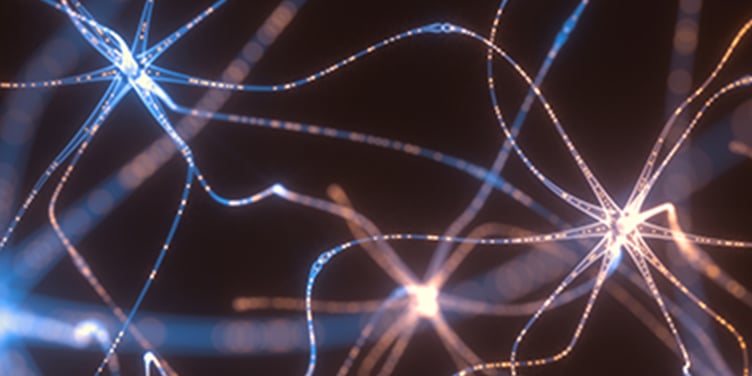
Hepatic Porphyria
Porphyrins are pigments made by the liver and other tissues. They are involved in the formation of many important substances in the body, such as hemoglobin, which carries oxygen in the blood.
Many genes are involved in the production of porphyrins. If one of these genes is mutated, hepatic porphyria may occur, resulting in an abnormal increase of pigments in the body. There are two types of porphyria: cutaneous and acute.
Genetic porphyria often is "silent," meaning that the genetic change causes symptoms only in the presence of certain environmental triggers, such as alcohol consumption, inadequate diet and certain medications — especially sedatives related to barbiturates, anti-seizure drugs and oral contraceptives. Excess iron and estrogen play a role in some patients, and there also is a frequent association with hepatitis C liver disease.
Our Approach to Hepatic Porphyria
UCSF's dedicated team of hepatologists delivers cutting-edge, compassionate care for all kinds of liver disorders, including hepatic porphyria. Treatment for hepatic porphyria focuses on avoiding triggers – such as alcohol consumption or too much iron in the body – that lead to symptoms.
Patients with excess iron may need to have set amounts of blood withdrawn at regular intervals. Over time, this lowers iron to normal levels and decreases symptoms such as sun sensitivity.
Awards & recognition
-

Among the top hospitals in the nation
-

One of the nation's best in gastroenterology & GI surgery
UCSF Health medical specialists have reviewed this information. It is for educational purposes only and is not intended to replace the advice of your doctor or other health care provider. We encourage you to discuss any questions or concerns you may have with your provider.





